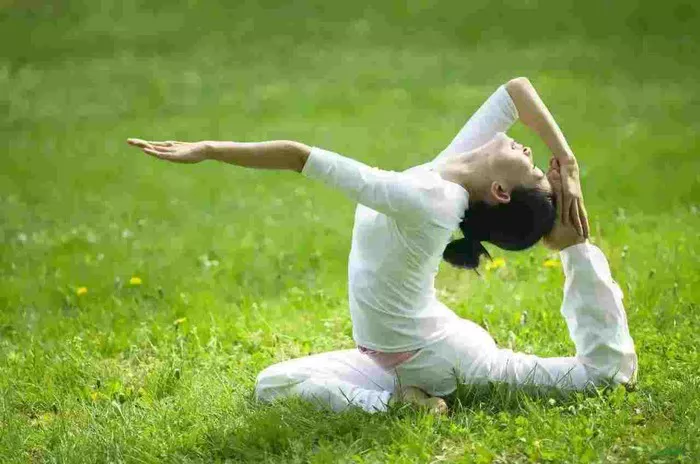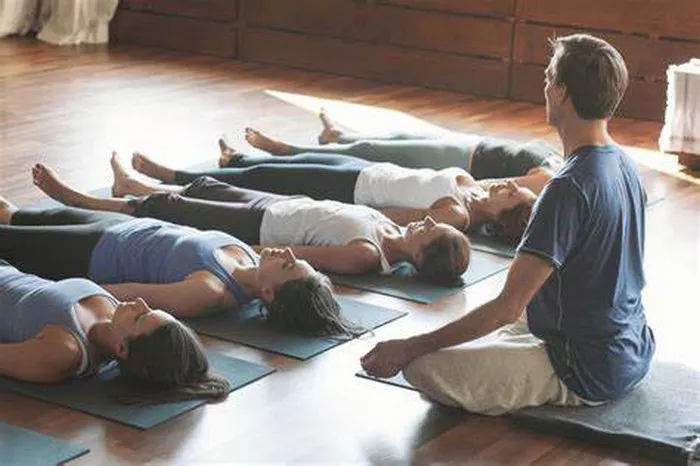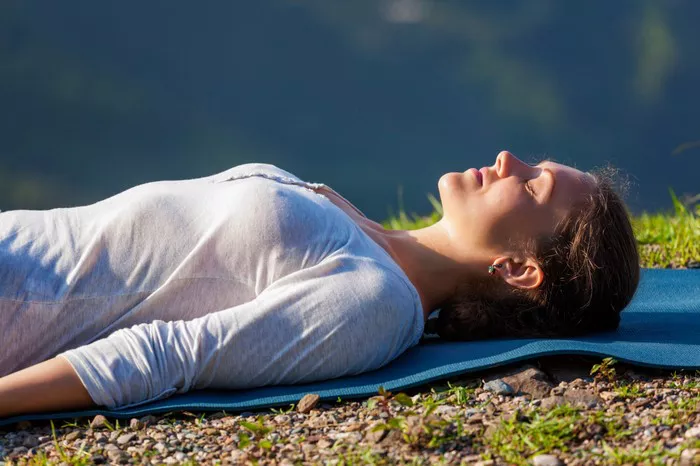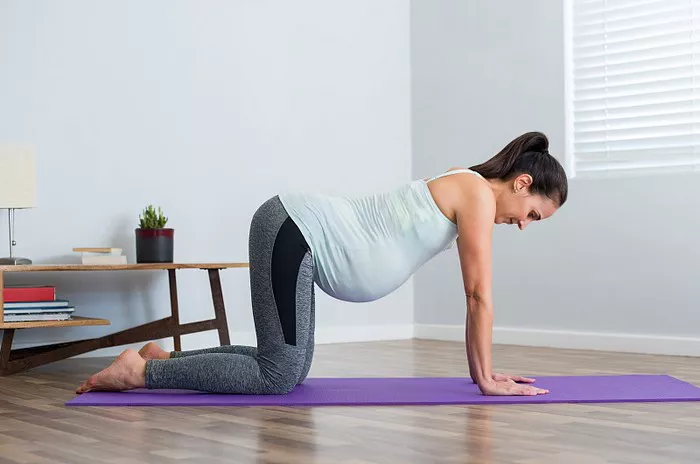Yoga, an ancient practice that has been followed for thousands of years, is much more than just a physical workout. It is a holistic approach to maintaining well-being, bringing together mind, body, and spirit. One of the foundational poses in yoga is the Triangle Pose, also known as Trikonasana in Sanskrit. It is a versatile and widely practiced asana that offers a range of physical and mental benefits.
In this article, we will explore what the Triangle Pose is good for, delving into its physical benefits, its mental and emotional effects, and how it can support overall health and wellness. Whether you’re new to yoga or a seasoned practitioner, understanding the deeper aspects of this pose will enhance your practice and help you experience its full potential.
The Basics of Triangle Pose (Trikonasana)
The Triangle Pose is a standing asana that stretches and strengthens the body. To perform the pose, follow these steps:
- Start by standing tall with your feet wide apart, approximately 3-4 feet.
- Turn your right foot 90 degrees to face the front of your mat, and angle your left foot slightly inward.
- Stretch your arms out to the sides, keeping them parallel to the floor.
- Inhale, and as you exhale, reach your right hand forward, hinging at the hips. When you can’t go any further, bring your right hand down to your right ankle, shin, or the floor, depending on your flexibility.
- Reach your left arm toward the ceiling, aligning it with your shoulders and gaze up at your left hand.
- Keep your legs engaged and your core stable.
- Hold the position for several breaths, then gently return to standing and repeat on the other side.
The Triangle Pose is simple to perform yet yields a wide range of benefits that can be felt immediately.
Physical Benefits of Triangle Pose
Stretching and Strengthening
One of the primary benefits of Triangle Pose is its ability to stretch and strengthen the entire body. This asana is a full-body stretch that primarily targets the legs, hips, and spine.
- Legs: Triangle Pose engages the legs by requiring them to remain straight and strong while holding the position. The quadriceps, hamstrings, and calves all work to keep the legs stable and active. This promotes leg strength and endurance, making it an excellent pose for improving lower body strength.
- Hips and Groins: As you stretch your body to the side, the hip flexors and groin muscles are opened and lengthened. This is especially beneficial for those who spend long periods sitting or have tight hips.
- Spine and Back: The action of reaching the arms in opposite directions helps to lengthen the spine and opens the chest. This can improve spinal flexibility, reduce back tension, and relieve discomfort from poor posture.
Improves Flexibility
Regular practice of Triangle Pose helps to improve flexibility in the hamstrings, calves, hips, and spine. The deep stretch that the pose provides helps to gradually release tightness, especially in the lower body. As flexibility increases, it can alleviate stiffness and discomfort caused by a sedentary lifestyle or repetitive movements.
Core Engagement
To hold the Triangle Pose effectively, the core must remain active. Engaging the abdominal muscles provides stability and balance, which is essential for maintaining proper alignment throughout the pose. This action tones and strengthens the core, improving overall posture and body awareness.
Improved Balance
Maintaining the Triangle Pose requires balance between both sides of the body. The lower body is rooted firmly to the ground, while the upper body reaches and stretches to both sides. This promotes better coordination and balance, which can enhance your overall stability and prevent falls.
Enhancing Circulation
The deep stretch involved in Triangle Pose increases blood flow to the entire body. This improved circulation can help to energize the body, promote detoxification, and support heart health. The posture also encourages lymphatic drainage, which aids in the removal of toxins from the body.
Mental and Emotional Benefits of Triangle Pose
Beyond the physical benefits, Triangle Pose offers a variety of mental and emotional advantages that can enhance one’s yoga practice and overall well-being.
Relieves Stress and Anxiety
Standing poses like the Triangle Pose can be grounding and help reduce stress. By focusing on your breath and body alignment, you can quiet the mind and release accumulated tension. The slow, controlled movements in this pose encourage mindfulness, which can shift your attention away from stressors and promote a sense of calm and relaxation.
Boosts Confidence and Mental Clarity
The Triangle Pose requires both strength and focus, which can boost self-confidence. Holding this pose helps build mental resilience as you challenge your body to stay in the posture and maintain balance. It is a wonderful asana for practicing focus and concentration. The act of aligning the body and mind can also lead to a sense of mental clarity and perspective.
Opens the Heart and Chest
The angle of the arms in Triangle Pose creates a natural opening of the chest and heart area. This can be especially beneficial for individuals who tend to hold emotional tension in the chest and upper back. By expanding the chest, the pose promotes feelings of openness and vulnerability. It can release pent-up emotions and promote a sense of emotional freedom and lightness.
Improves Breathing
The Triangle Pose encourages deep breathing, which can help increase lung capacity and promote better oxygenation of the body. In addition to improving posture and alignment, the expansion of the chest and ribcage during the pose can deepen the breath, leading to improved respiratory function and overall vitality.
Triangle Pose for Specific Health Conditions
While Triangle Pose is beneficial for everyone, it can be particularly helpful for those dealing with specific physical or emotional challenges. Here are a few examples of how the pose can aid in the management of certain conditions.
Back Pain
One of the most common ailments in today’s society is back pain, especially in the lower back. Triangle Pose can be an effective way to alleviate tension and discomfort in the back. By stretching the spine and strengthening the core, the pose can improve posture, reduce spinal misalignment, and release tension from the muscles of the back. It is particularly helpful for individuals who sit for long periods of time and suffer from tightness in the lower back.
Tight Hips
Many people experience tightness in the hips due to prolonged sitting, lack of movement, or overuse. Triangle Pose stretches the hip flexors and opens up the groin area, which helps to alleviate tightness and discomfort. It also helps to increase mobility in the hips, making it an excellent practice for those who engage in activities like running or cycling.
Stress-Related Conditions
Stress is a major factor in many health conditions, from high blood pressure to digestive issues. Triangle Pose’s ability to promote relaxation, improve circulation, and relieve physical tension makes it a valuable tool for managing stress. When practiced regularly, it can help reduce the symptoms of anxiety, depression, and other stress-related conditions.
Digestion Issues
The deep stretch of the torso in Triangle Pose can stimulate digestion and improve the function of the internal organs. By opening the chest and compressing the abdomen, the pose can help stimulate the digestive system, promote better bowel movements, and alleviate bloating or discomfort after eating.
How to Safely Practice Triangle Pose
While Triangle Pose offers many benefits, it is important to practice it with proper alignment to avoid injury and get the most out of the pose. Here are a few tips for safe practice:
- Engage your legs: Keep your legs strong and straight, with your feet rooted into the ground. This will provide stability and support throughout the pose.
- Align your hips: Avoid letting your hips jut forward. Keep your hips squared and engaged to ensure that you’re not overstretching or misaligning your lower body.
- Don’t overreach: While you want to reach your arm as far as possible, avoid pushing yourself too hard. If you can’t touch the floor with your hand, place it on your shin or ankle instead. Never force the stretch.
- Breathe deeply: Focus on your breath and make sure you’re inhaling deeply through the nose and exhaling fully. This helps you stay present and grounded in the pose.
Conclusion
The Triangle Pose, or Trikonasana, is a foundational yoga posture that offers a wide range of benefits for the body and mind. Whether you’re looking to improve your flexibility, strengthen your core, or reduce stress, Triangle Pose can be a powerful addition to your yoga practice. Its ability to stretch and strengthen the body while encouraging mental clarity makes it an excellent choice for practitioners of all levels.
As with any yoga pose, the key to maximizing its benefits is consistent practice and awareness of your body’s needs. Over time, Triangle Pose will help you develop better posture, increased flexibility, improved balance, and a greater sense of well-being.
So, whether you are new to yoga or a seasoned practitioner, make sure to incorporate the Triangle Pose into your routine and experience its transformative effects for yourself.
Related Topics:





















